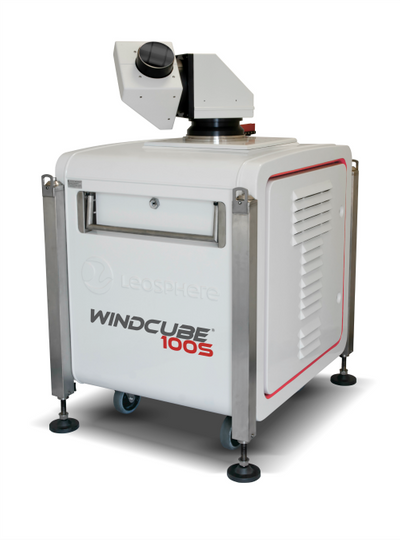Advanced Lidar Solutions to Mitigate Air Pollution Transport in O&G Sector
NRG Systems announced the U.S. launch of advanced Lidar solutions, introducing powerful new ways to resolve the critical air quality management challenges facing North America’s industrial and commercial sectors.
This Lidar technology, called WINDCUBE, can detect lower atmospheric wind transport conditions and industrial aerosol plumes simultaneously and in real-time, enabling the identification of the source, location, distance, altitude, and dispersion rates of potentially hazardous industrial emissions with a precision that was previously unachievable.
Whether it is used for improving the management of mineral dust transport generated by mining activities, or informing air pollution management strategies in large urban environments, WINDCUBE is set to play a significant role in helping all organizations with an interest in detecting and quantifying airborne industrial aerosols to make intelligent decisions in the face of atmospheric uncertainty.
“Efficient air quality management is one of the most important environmental challenges facing our country today. In 2015, The U.S. Environmental Protection Agency (EPA) reported that an estimated 6.6 million tons of criteria pollutants were released into the atmosphere across America. Our remote sensing solutions will concretely enable research, industrial, commercial, and public institutions to cope with air pollution hazards by visualizing their atmospheric risk,” commented Paul Drewniak, a meteorological industry expert with over 20 years of experience, who was recently recruited to head NRG’s new Lidar Meteorology Solutions business unit.
With remote sensing capabilities that range from 100m to 3km, 6km, or 10km, multiple scanning pattern choices, high resolution wind data, and aerosol structure capability, the system can capture volumetric profiles of wind speed, direction, and aerosol concentration, as well as boundary layer and cloud heights. These observations provide a detailed, 3D image of the atmosphere at high spatial and temporal resolution.
NRG Systems’ meteorological products are already in use by air quality management districts, environmental firms, research institutes, and governments in more than 150 countries. “WINDCUBE is a commercially proven technology that offers unrivalled scanning versatility and unmatched commercial performance. Whether for fence line monitoring of refineries, petrochemical, mining, or other industrial plants, or for wind reconstruction in support of dispersion mapping and modeling, WINDCUBE provides highly accurate, mobile, and flexible technology with unsurpassed ease-of-use and configurability,” said Drewniak.
Earlier this year, NRG Systems secured a contract with the state of New York to supply 17 WINDCUBE 100S Lidar systems for the New York State Mesonet, an advanced weather network dedicated to improving the detection and prediction of severe weather events. "Our immediate objective is to provide better early warning in advance of severe weather, but the benefits will go well beyond that," explained Everette Joseph, director of the Atmospheric Sciences Research Center at the University at Albany. "We will be able to help give guidance to a variety of interested industries, including transportation and energy. There will be significant economic benefit from having this network in New York State."
WINDCUBE Lidar solutions are designed and manufactured by French technology firm LEOSPHERE, and exclusively distributed in North America by NRG Systems. The technology, which is recognized as the best-in-class Lidar solution in academic communities worldwide, is an essential tool for all organizations dedicated to improving their atmospheric hazards control capabilities.



